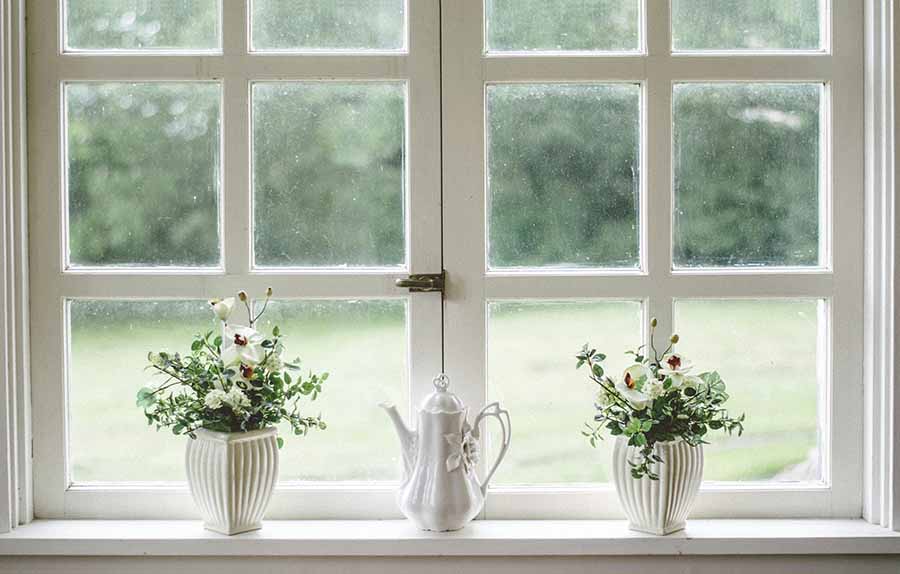Regularly cleaning your furniture can not only extend its life but can also minimize the level of allergens in your home. Although there are no strict requirements when it comes to how often you should clean your furniture and upholstery, there are some general guidelines that you can follow.
Upholstered furniture like armchairs, sofas, loveseats, and recliners should be thoroughly vacuumed at least once a month. If time allows, you should try to vacuum them even more often than that, running the upholstery brush attachment over the surface of the fabric and using the crevice tool to clean out any cracks between the cushions. This doesn’t take long to do and can make a big difference in how clean your furniture stays. If you have aluminium windows in your house you could extend this to a month and a half as these well sealed windows keep more dust and allergens out of the home and improve insulation.
Vacuuming helps remove particles like dust, pollen, and pet dander. These particles can easily become airborne every time someone sits on, moves, or uses the furniture. Unfortunately, contaminants like these can reduce the air quality inside your home, which can aggravate problems like allergies or asthma. By regularly vacuuming your furniture, you can improve the overall air quality inside your home, resulting in air that is cleaner and healthier to breathe.

Removing dirt and dust is also good for your furniture. Tiny pieces of dirt have sharp edges. If they are left in the fabric, they can wear away at the fibers every time someone sits on the piece of furniture. Over time, this can cause the fabric to wear out more quickly. Vacuuming away any dirt or dust can slow down this process, allowing your furniture to last longer.
It is also important to periodically deep clean your furniture. Usually, this means shampooing it just like you would with your carpets. Most experts recommend having your upholstery professionally cleaned once a year. For pieces that you don’t use very often, you may be able to extend that out to as long as two years between cleanings.
Of course, there are exceptions. If you have young children, they can really do a number on your furniture. Spills and stains are quite common, meaning that you most likely will need to have your furniture cleaned more often.
The same goes for pets. When dogs, cats, or other pets spend time on your furniture, they tend to leave a lot of messes behind. Regular cleaning can help remove any pet-related contaminants, ensuring that your furniture is as clean and well maintained as possible.
Because kids and pets are so hard on furniture, you may need to have your upholstery cleaned every six months or so in a busy household. Of course, not every piece of furniture in your home will need to be cleaned that often. However, the pieces that get the most use can probably benefit from this type of frequent cleaning.
Although you can rent equipment to clean your upholstery yourself, it usually is best to hire a professional to do it for you. Upholstered furniture is usually made up of multiple layers. Along with the surface fabric that you can see, there are also layers of padding underneath. If the furniture is not properly cleaned or dried, it could cause problems further down the road. Professional cleaning is relatively affordable and is definitely worthwhile when you consider that it could help prevent damage to your furniture.
Hopefully, this gives you a better idea of how often you should clean the furniture and upholstery in your home. Typically, the best option is to set your cleaning schedule based on the amount and type of use that each piece of furniture gets. Cleaning pieces that are frequently used or that are especially prone to stains more often is the best way to keep them in good shape.





